So much has happened in the last few weeks. I went home to Puerto Rico, visited family, walked around town, went to the mall, and ate awesome food. That is not all. I also read an entire book while I was there between things and events. And there were lots of conversations about cultural aspects in Puerto Rico.
Because I am a designer, how people communicate things visually and verbally and how people perceive said things are always fascinating to me. During my stay I met someone who was from the midwest in the US and has been living in the island for over nine years. It became quite an interesting conversation about the way people go about their lives in different countries, how people adapt to other customs or not, and how life in general changes for those who are there.
An interesting topic in our conversation was IKEA. IKEA opened a store in Puerto Rico in July 2021. It was not something my mother mentioned in our conversations between then and now. But, it was something she mentioned once I visited. The store opened in the same location that SEARS used to be, in the shopping mall I used to shop and has been there since I can remember.
My mother and her partner only had one thing to say about IKEA: no one can find the exit. Naturally, that intrigued me not only because it was a curious thing to say but also because they repeated it over and over. So, I had to see it for myself.
Remember the person I mentioned two paragraphs above who was from the midwest and has been living in the island for over nine years? When we discussed IKEA between laughter and observations, one thing became very clear to both of us: Scandivinavian and Puertorrican cultures are very different from each other. I know, I know. You are probably saying to yourself, duh, Alma! Of course! Bear with me for a second.
Nordic countries seem to be, at least in my limited observational experience, very orderly. That is they follow and respect the rules in general. Things are organized, everything has its place, and there is very little clutter around. When you think of it then, IKEA makes sense. It has an entrance and an exit and the path is surrounded by motifs or environments that you can observe, sit, and interact. There is a path and an arrow points the way. There are some signs but not to indicate the path. These signs are to call your attention to a product or a sale. The path must be followed and there are no u-turns. You can only step out of the path to enjoy or interact with the environments they have created. IKEA is designed to be a large space full of smaller and cozy spaces that provide experiences. If you decide to buy something is because you have in a way “tasted” it before hand. But, you can’t take shortcuts, cut the line, do a u-turn, or go back in the path. EVERYONE must follow the path or the arrow. The arrow is on the floor and it is a light shining with that shape. But, because it is on the floor, you have to look down. That is not very clear from the beginning, but once you see it, you know you will find it every so often to remind you to go back or stay on the path.
Alternatively, Puerto Rico is the culture of shortcuts, turns, spots, and corners. It is the way we drive and the way we function. No one is on time most of the time. If you say, 1 pm most people will arrive about 30 minutes or an hour later. If there is a traffic jam, there is no waiting behind a car. Nope. We will find that one gap and we will fit the car in there to try and get out. Never mind that this will make the jam worse in the long run. Time and order are perceived more like suggestions rather than prescribed and locked concepts. We are the culture of sweet talk and pleasantries. Thus, we might sweet talk into finding that gap whether it is a jam or in the case of IKEA, the desire to navigate the store at our whim. But, no can’t do. IKEA has a set format.
I had to go and see this for myself. I have of course been to an IKEA before but in the US. I had not been at the IKEA in Puerto Rico. When I visited, it seemed that every one was following the arrow with no issues. Everyone was on the path. But I did see much more people enjoying the environments provided by IKEA. Children were sitting on the desks watching their shows on their devices, people were sitting on the couches talking, and the line in the cash register was not long at all.
I had a lot of fun in my investigative walk observing people navigating IKEA. My mom was not impressed with the store but mostly because of the language. Though some of the signs were in Spanish, that was not very obvious to my mom. Some of the signs did retain the Scandinavian terms which are either nouns or names they use for the products. Some of these make sense in the Swedish language but not much sense in Spanish. I pointed out to her the towels, bedding, and so on telling her that they were pretty good quality. She seemed surprised. Now, my mom is old school, from the generation of things not being mass produced and hence being of a better quality. A store like IKEA would not be super impressive to her. Though when I pointed out the prices of things she seemed pleasantly surprised.
I read a book for my graduate thesis titled Beyond Words: Movement Observation and Analysis by Kaoru Yamamoto and Carol-Lynne Moore. The book establishes a very interesting and simple theory of non verbal communication or movement. Movement, according to them, can be explained in three contexts:
Universal
Context
Private
Universal refers to the shared and general activities we all take part in: walking, smiling, eating, and others. Context, explains the purpose of said activity. The context can be and usually is cultural: why we walk the way we walk or why we smile the way we do at a certain event, etc… Private refers to the realm of the very intimate and personal reasons that are unique to each individual. I find this framework very useful even when I am teaching my design classes.
IKEA and my culture present an interesting case of these three layers to explain behavior. Sequential behaviors versus spontaneous and spur of the moment behaviors. Rule and order versus spontaneity. I do not have empirical evidence to assert that my impression that there were more people enjoying the environments at IKEA than other IKEAS I have visited. But, it sure seemed that way. It reminded me of the glory days of shopping malls, the little cities inside a city with places to shop and walk.
I will end this essay with an interesting anecdote because it relates. Once I visited a Hindu temple. Everyone sits on the floor and shoes are left in the lobby. When we sat, we sat at respectable distance from others since we did not want to intrude. To my surprise, the family next to me started to signal me to get closer so I could see better. I did get closer, she kept asking me to get closer, I got closer, and she still insisted I get closer. I did. My mind was blown at the warmth and candor of the lady. Where we as Americans want to keep a safe and proper distance, other cultures, mine included, get closer, touch, and hug. Of course, care must be taken if one feels uncomfortable.
I think we have much to learn from each other. There is time for sequential order and there is time for spontaneous chaos. Both are vital ingredients of the journey we call life.
Love,
Alma
Enjoy some pictures of Puerto Rico below.
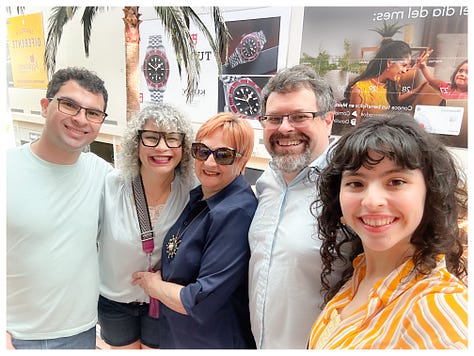


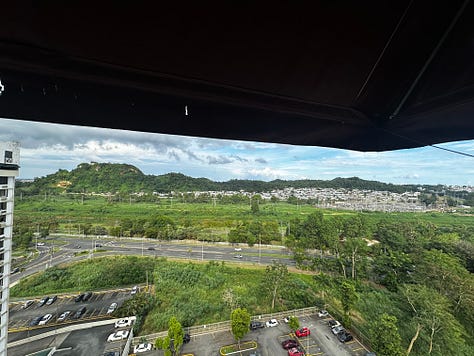
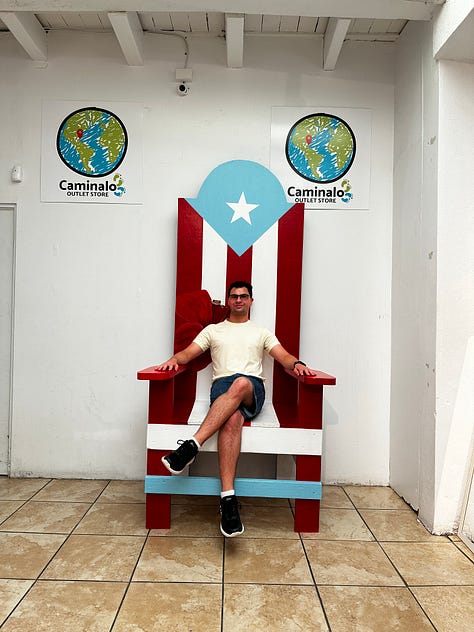
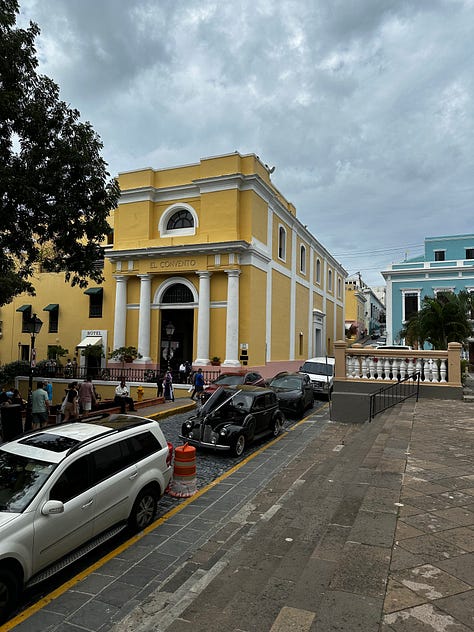
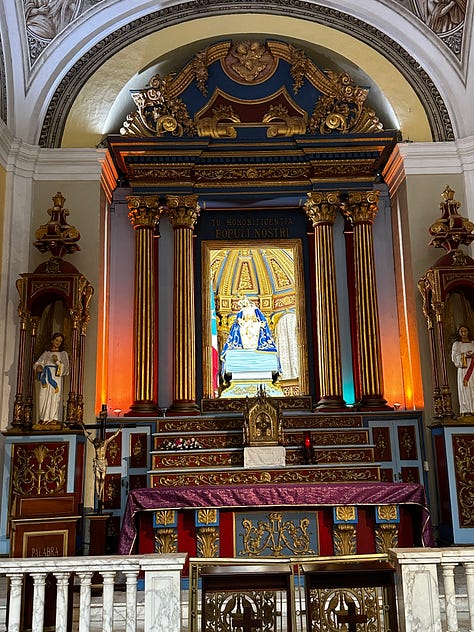

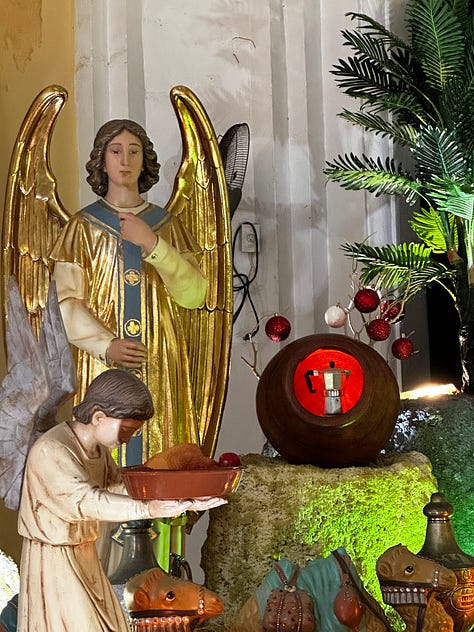
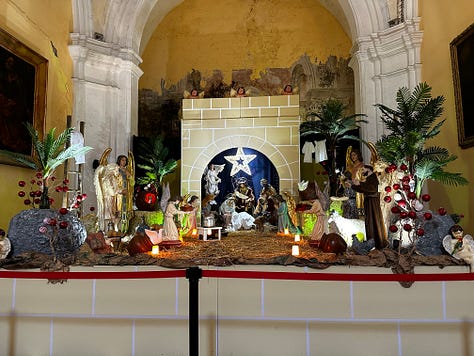



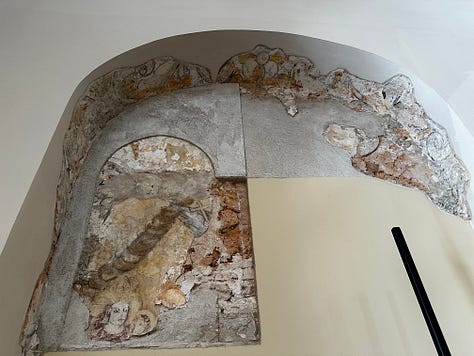
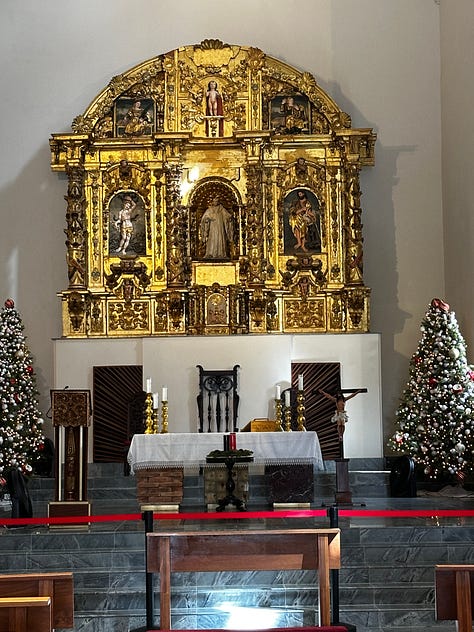
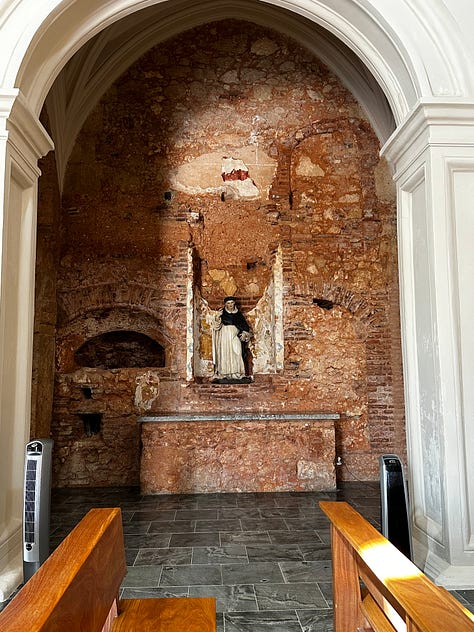
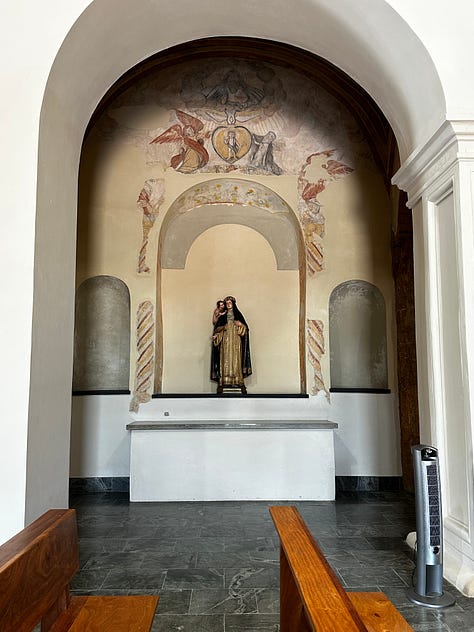
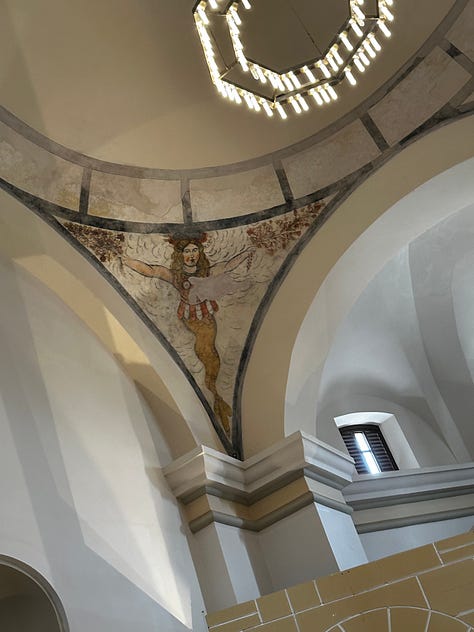
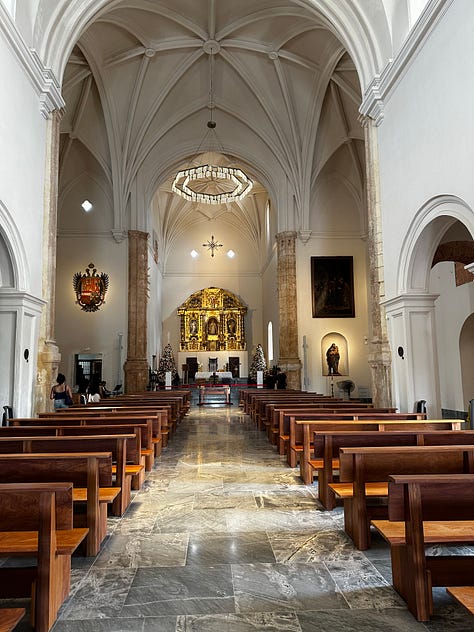
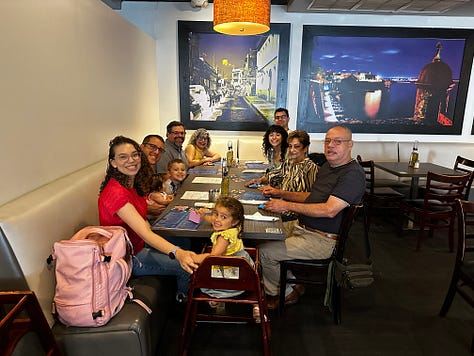
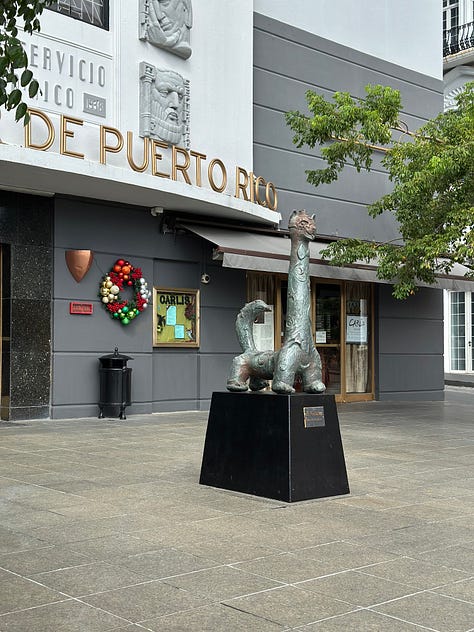


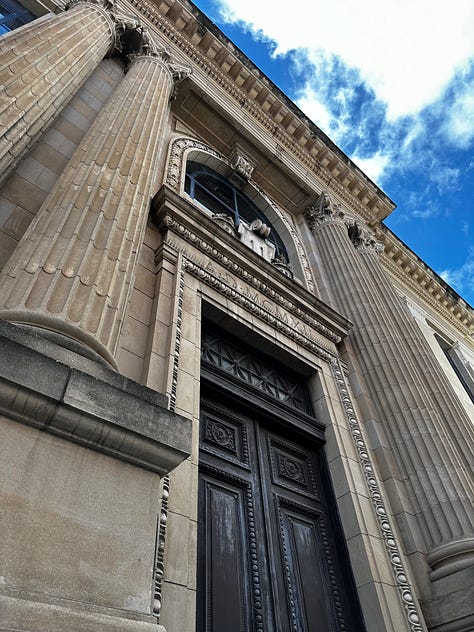
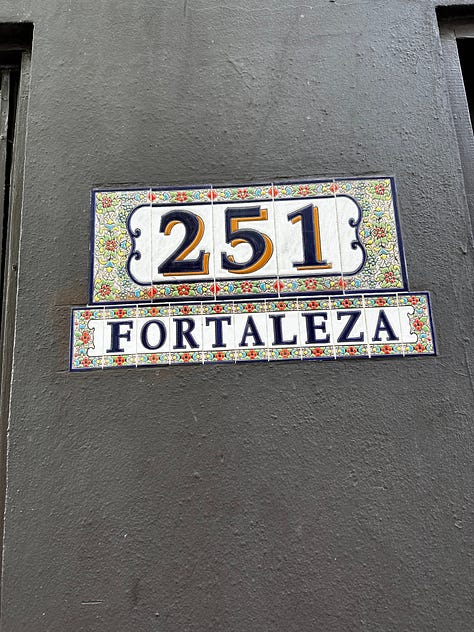


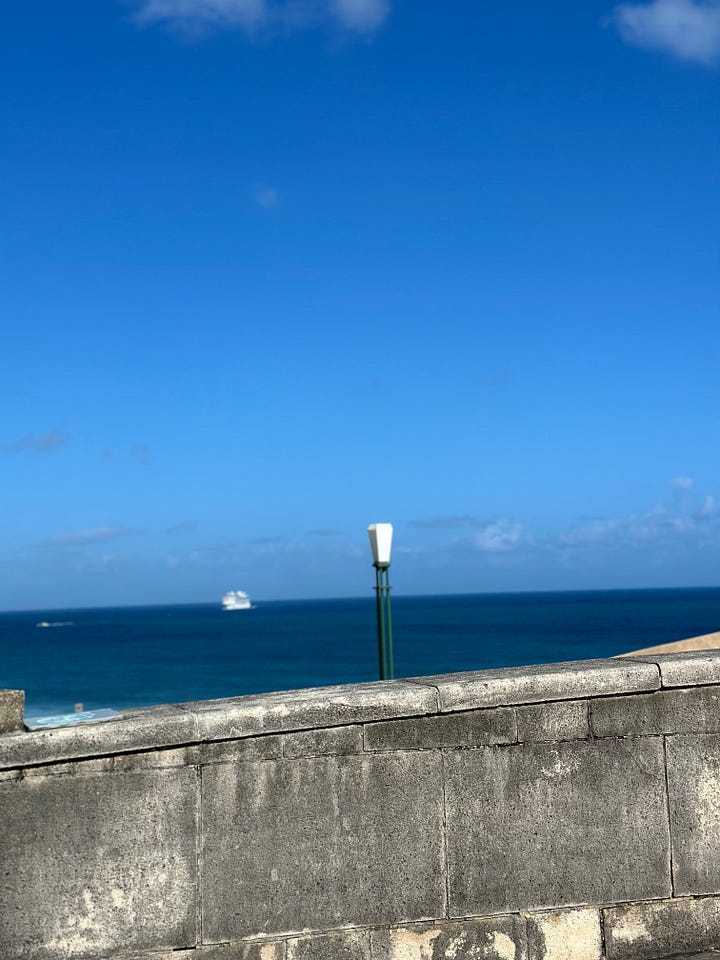
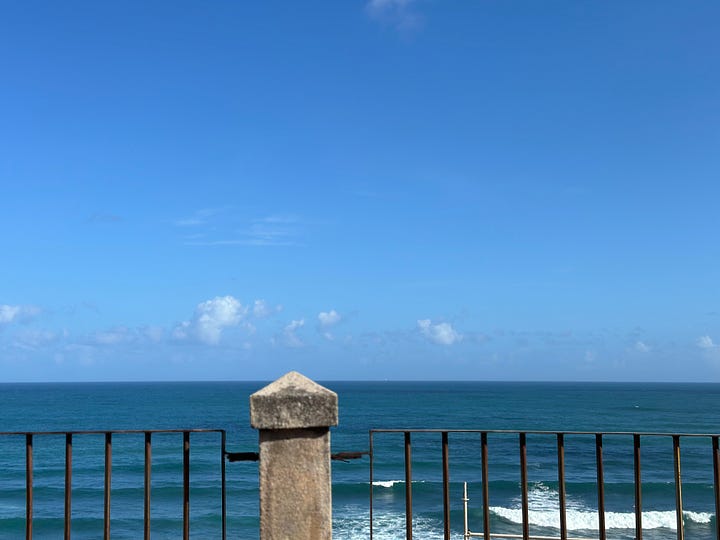
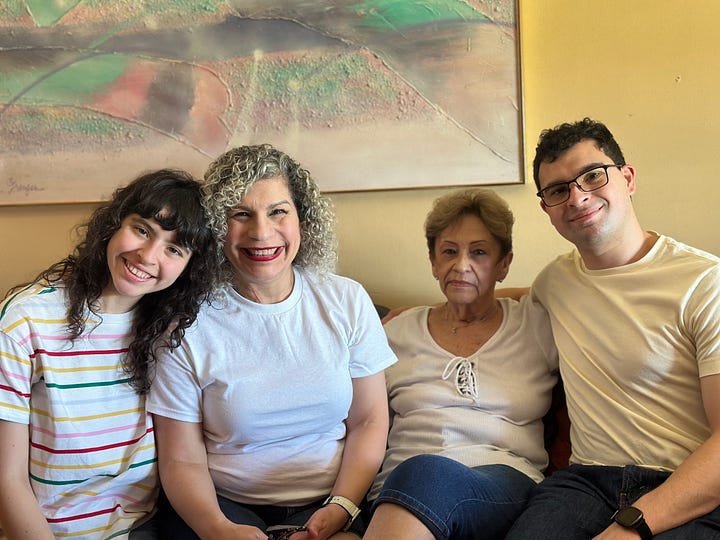





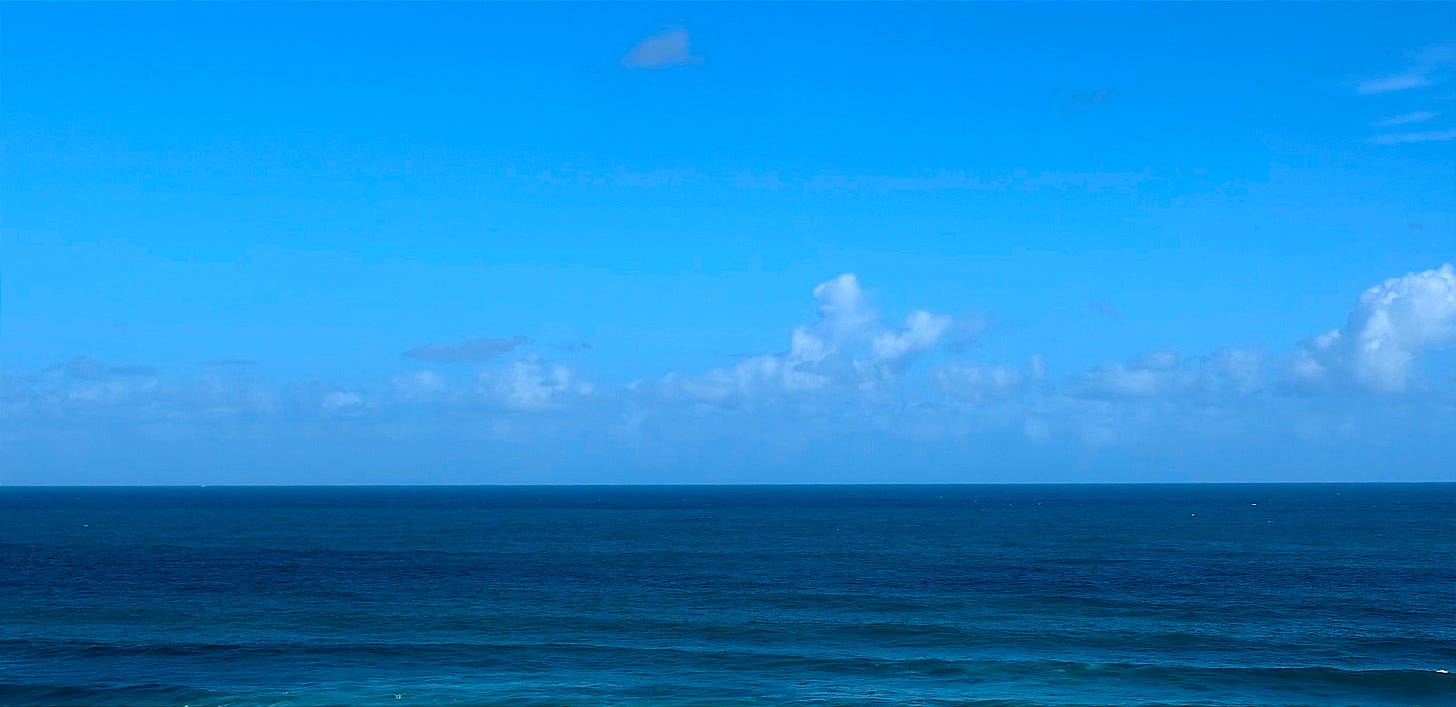
So interesting with your past and present blending to see IKEA from both perspectives. Love the photos!